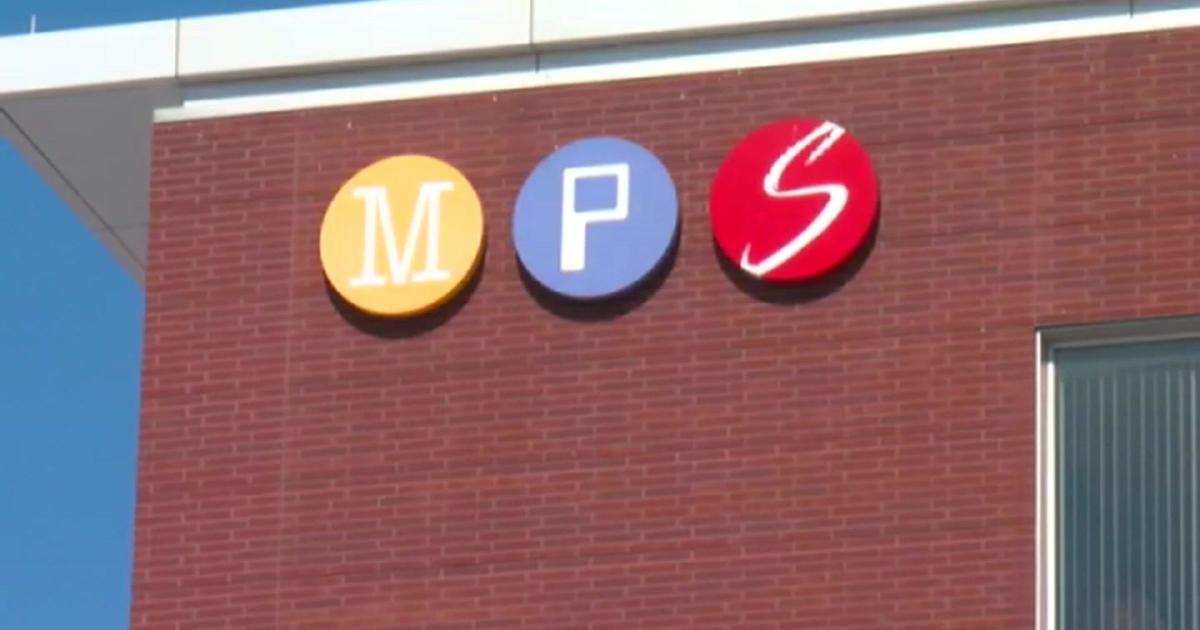A Look At Millennials: Education & College Costs
MINNEAPOLIS (WCCO) -- Minnesota millennials face a tough challenge: a lot of jobs require degrees, but they don't come cheap.
Minnesota millennials are smarter than ever, nearly 40 percent of young professionals in the state have a bachelor's degree or higher. That number puts Minnesota's youngest generation to join the work force seventh nationally.
Although not every college student is forced to take out loans, the ones who do take a serious hit to their net worth, according to research by the Minnesota Office of Higher Education. The debt doesn't affect their earning potential, but working to pay it all back definitely hurts.
"I wanted to go to St. Thomas and then I looked at the cost and wasn't too excited about that," University of St. Thomas Sophomore and marketing major, Taylor Culp, said.
Annual tuition this academic year for the private school hovers just above $35,000.
"Taking out loans wasn't an option, but I didn't want to put that burden on my family," Culp said.
To keep his tuition costs down Taylor takes online classes at Normandale Community College and works whenever he can. He also lived at home his freshman year.
"I ref, I'll hopefully get an internship this summer," Culp said. "All my money goes to savings and pays for lacrosse and my schooling."
Getting that diploma certainly pays off for Minnesota millennials. According to the Minnesota Department of Employment and Economic Development, unemployment is 2.6 percent for those with a college degree or higher.
"To suggest that families can undertake that burden is very difficult," President and CEO of Minnesota Masonic Charities Eric Neetenbeek said.
Neetenbeek recognizes the growing cost of college for students like Taylor and their families, which is why the organization plans to give nearly a $1 million in scholarships by 2018.
Culp is a recipient of a four-year Masonic Charities scholarship.
According to the Minnesota Office of Higher Education, $31,500 was average debt for college students at private and public schools who took out loans over the most recent three year period.
"Thirty-seven percent of our students graduate with no debt whatsoever," University of Minnesota President Eric Kaler said. "We work hard to educate students about this. If students take five or six years, that's when we see student debts explode."
According to the University of Minnesota 2016-17 Biennial Budget Request, Minnesota funded 70 percent of the tuition costs at the school in 1997. Fast forward to 2015 and that number stands at 42 percent -- the comparison is in "real dollars." It's a big reason why Kaler has proposed a two-year tuition freeze for undergraduates.
For now, Culp feels fortunate that his financial burden isn't hitting his pocket book.
"With it being as expensive as it is, it makes it that much easier on me," Culp said.
The Twin Cities ranks fifth by academic standards compared to other metropolitan.
Tuition this year: $12,060
Kaler is working to extend the tuition freeze beyond this academic year. During a 10-year period from 2002-03 to 2012-13 academic years, the U of M averaged tuition increases of just under 10 percent per year. The highest increase was 14.7 percent in 2003-2004 academic year.



